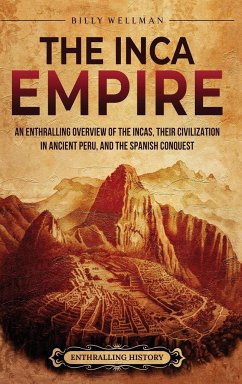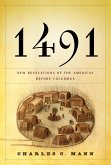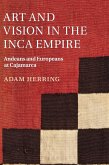Did you know that the Incas worshiped the mummies of their emperors? For the Incas, death didn't exist; it simply took the dead to a different plane of life. So, the mummies of their emperors were treated as people; they were given food and drink and even visited each other ceremoniously. They also owned country estates, which generated enough profits to keep them in the style to which they were accustomed. This might sound like a curiosity, but this form of ancestor worship was central to the Inca culture and to the history of the Inca Empire, which stretched from Ecuador and Colombia in the north to Chile in the south. Everyone has seen pictures of one of the Incas' greatest achievements: the mountain-top wonder of Machu Picchu. But Inca history has always been told by the Spanish colonizers who conquered them since the Inca had no formal writing. Now, archaeology is giving us more information on how the Inca really lived, helping us differentiate real history from myth and propaganda. In this book, you will discover how the Inca created an expansive empire in just a century and why that civilization crumbled so fast once the Spanish arrived. You'll also discover the following: How the Inca civilization developed out of a number of preceding cultures in the Andes and Peruvian coast; How quickly the Incas were able to expand and why they needed to; How the empire was administered and how runners were able to take messages from one end of it to the other with remarkable speed; The amazing Inca infrastructure program, which included building roads through mountain ranges and across raging rivers; Why Inca cuisine included tasty guinea pigs and llama jerky; Why there were never more than a few thousand actual Inca in the Inca Empire; The religion and beliefs of the Inca and how they developed over time to support the empire's mission; How just a couple of hundred Spanish adventurers managed to conquer and subdue the Inca Empire; How much Inca culture is left in Peru and Bolivia today; And so much more!








